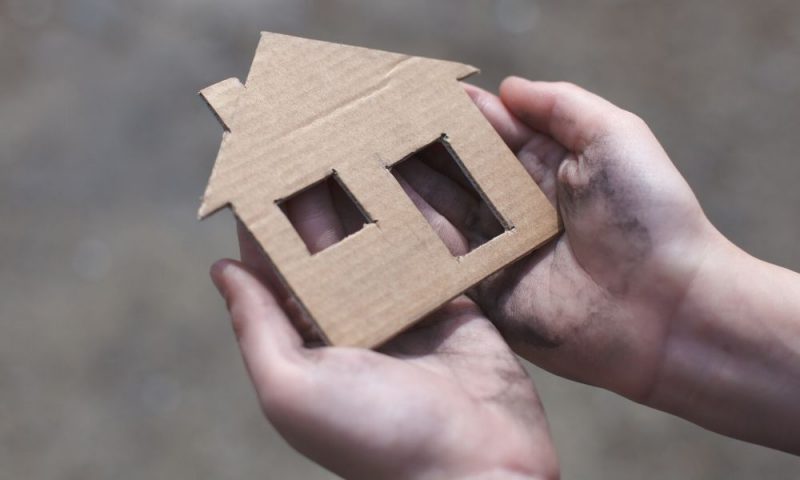Homelessness carries stigmas, but it’s a thoroughly convoluted phenomenon. Here are three things you don’t know about homelessness to help you learn more.
An alcoholic homeless man or woman is a common trope in movies and other media. The tottering person on the street, often in the periphery of the shot, doesn’t receive much air time or display character depth. As a result, we feel comfortable lumping people without homes in a box in our mind, pretending they’re all the same.
The reality is, they are just as diverse as you and me. To further explore the particularities of homelessness, read this list of three things you don’t know about homelessness.
Mental Health and Homelessness Have a Complicated Relationship
First, not every man and woman without a home has a crippling mental illness from the get-go, though many do. Among other severe health consequences, homelessness contributes to the development of mental illness, probably unsurprising given the associated stress and lack of resources. This means there is a bidirectional relationship at play, and homelessness presents a major health crisis.
In total, the US estimates, among the approximately half-million people on the streets, up to 45 percent, or about 250,000 people, suffer from a mental illness. Clearly, the stakes for managing this crisis are huge, and the need to understand the complicated nature of homelessness and mental illness is great.
There’s Diversity Among Those Without a Home
To make sense of homelessness, people often rely on an underlying narrative in their minds. They presume, without consciously intending to, that someone loses their home out of laziness or because of addiction. While these factors aren’t absent, you should know people without homes are vastly different from one another, and some are homeless because of others’ actions.
There are eight different types of homeless shelters, several of which serve dedicated populations with their own common reasons for homelessness. One of the most common institutions among women is the domestic violence shelter. Women living in these types of shelters, and others outside this system, lose their homes as they flee from partner violence. Without possessions and money, and often with kids in tow, they lack the resources to secure housing, work a job, and care for their children simultaneously. In other cases, solitary kids shelter in youth facilities from abusive or inadequate homes.
Overall, the snapshot of homelessness is much broader than you may think.
Some States Criminalize Homelessness
One last thing you don’t know about homelessness is its essential criminality in some US states. Although, in Martin v. City of Boise, the Supreme Court told cities and states to refrain from issuing homeless individuals citations for sleeping and loitering, the practice continues today.
Arrests for these offenses only exacerbate the issue of homelessness as the criminal justice system weighs people down. Rather than build cities and states that prioritize people with homes to the detriment of those without, area leaders must develop more creative ways to address the overarching problem.
